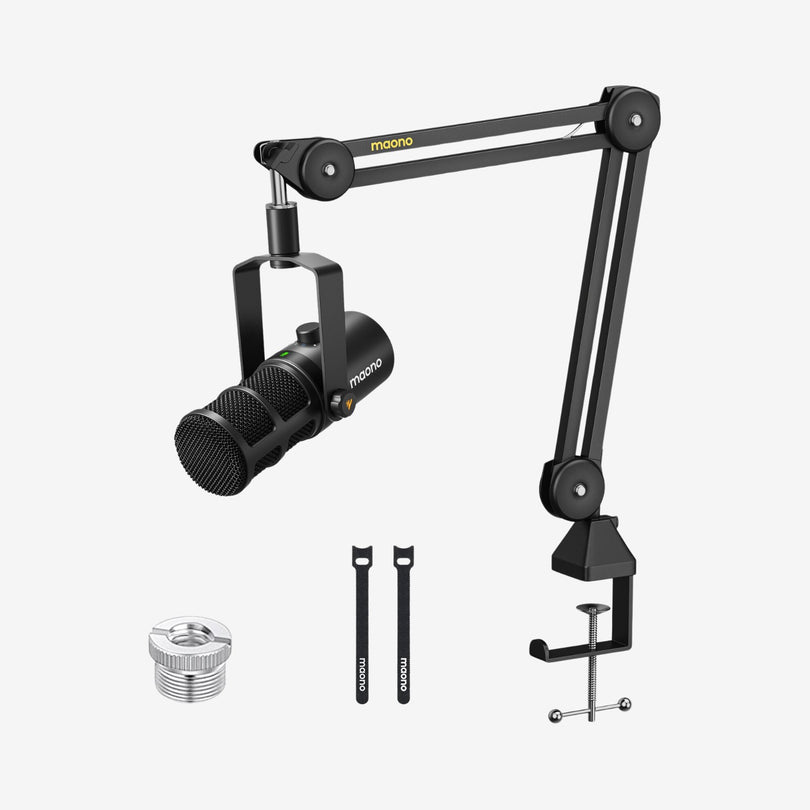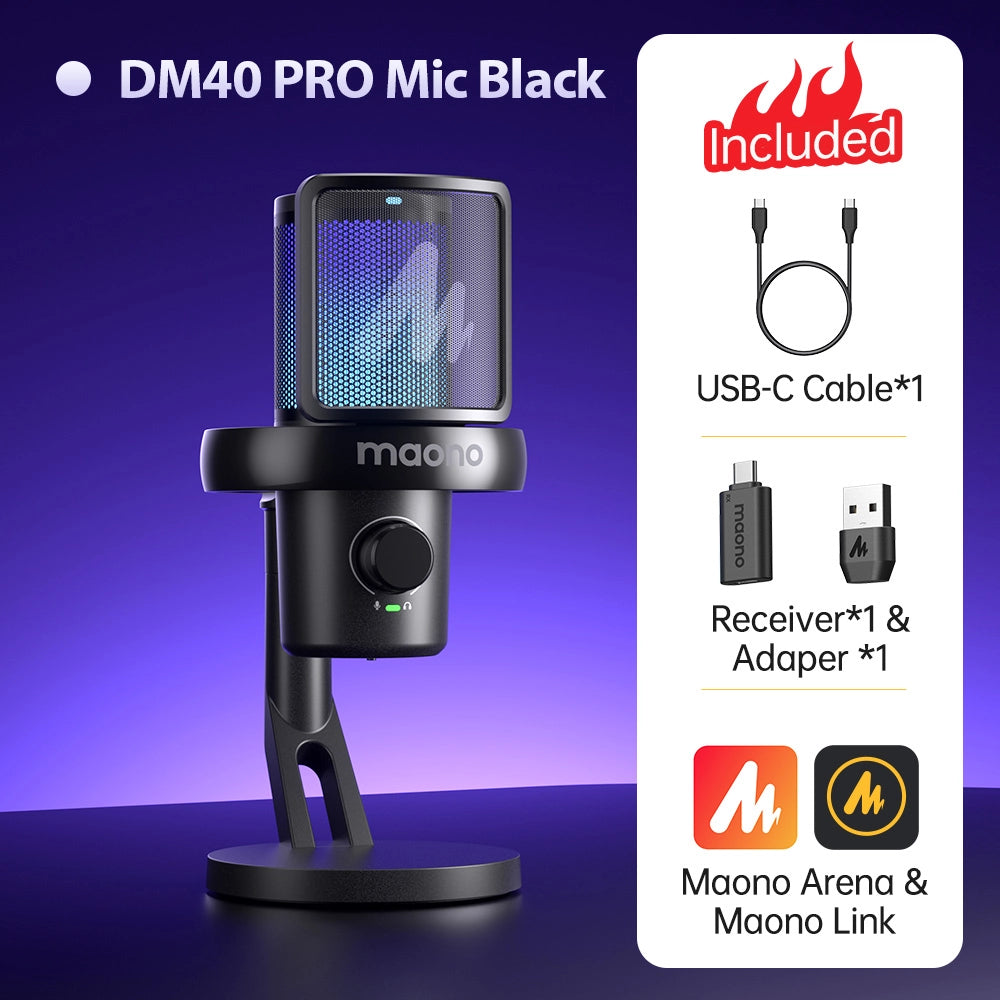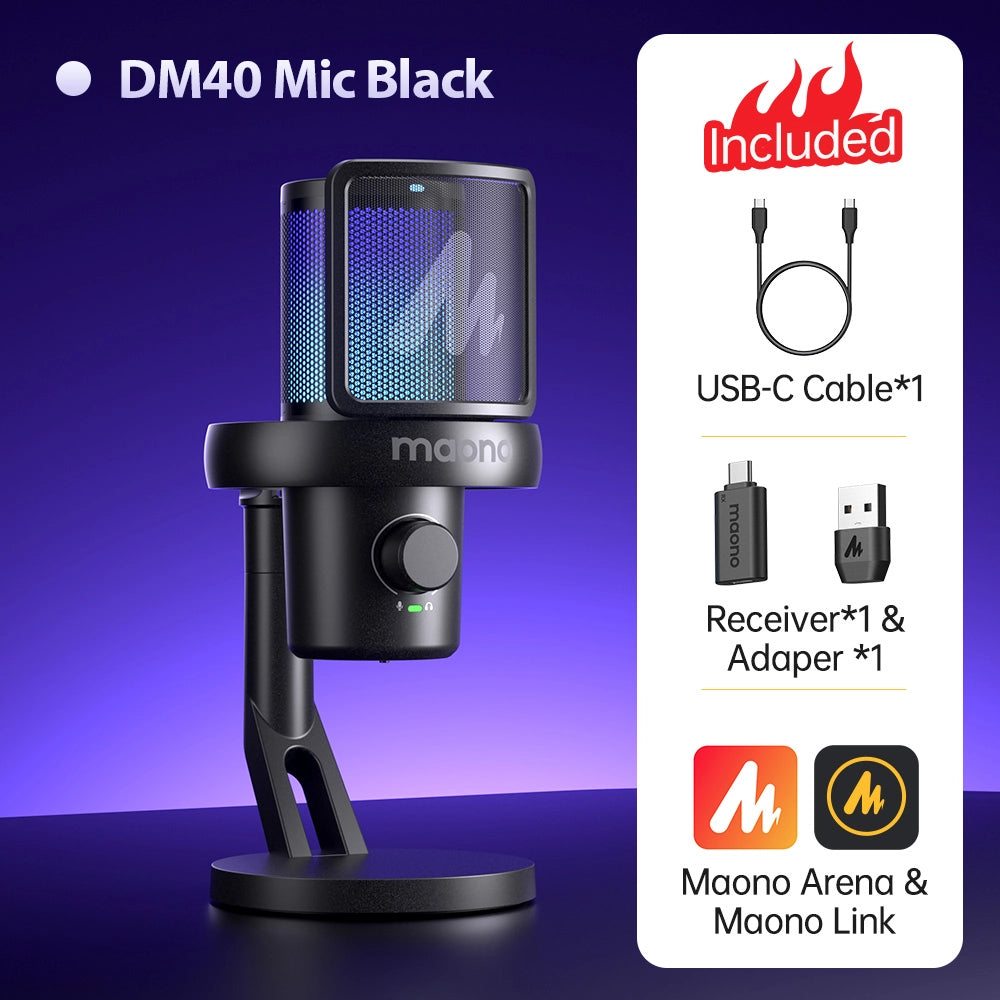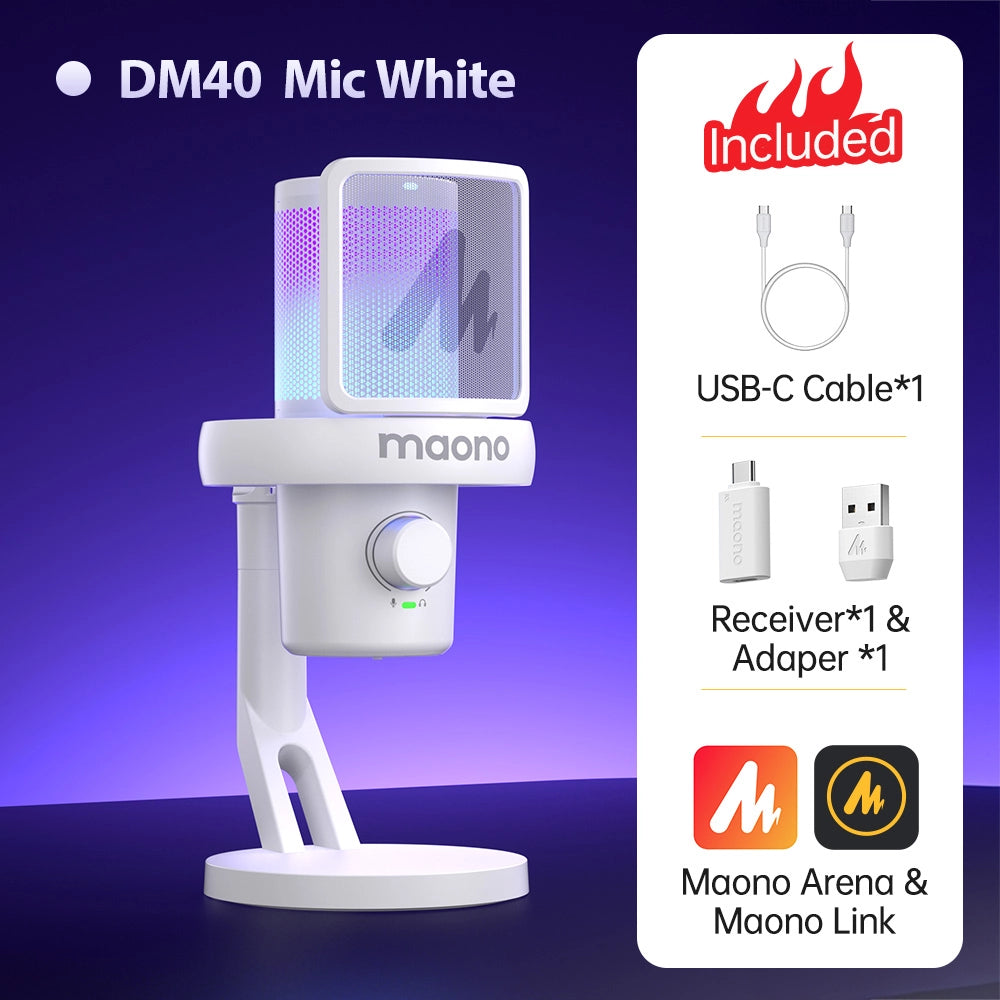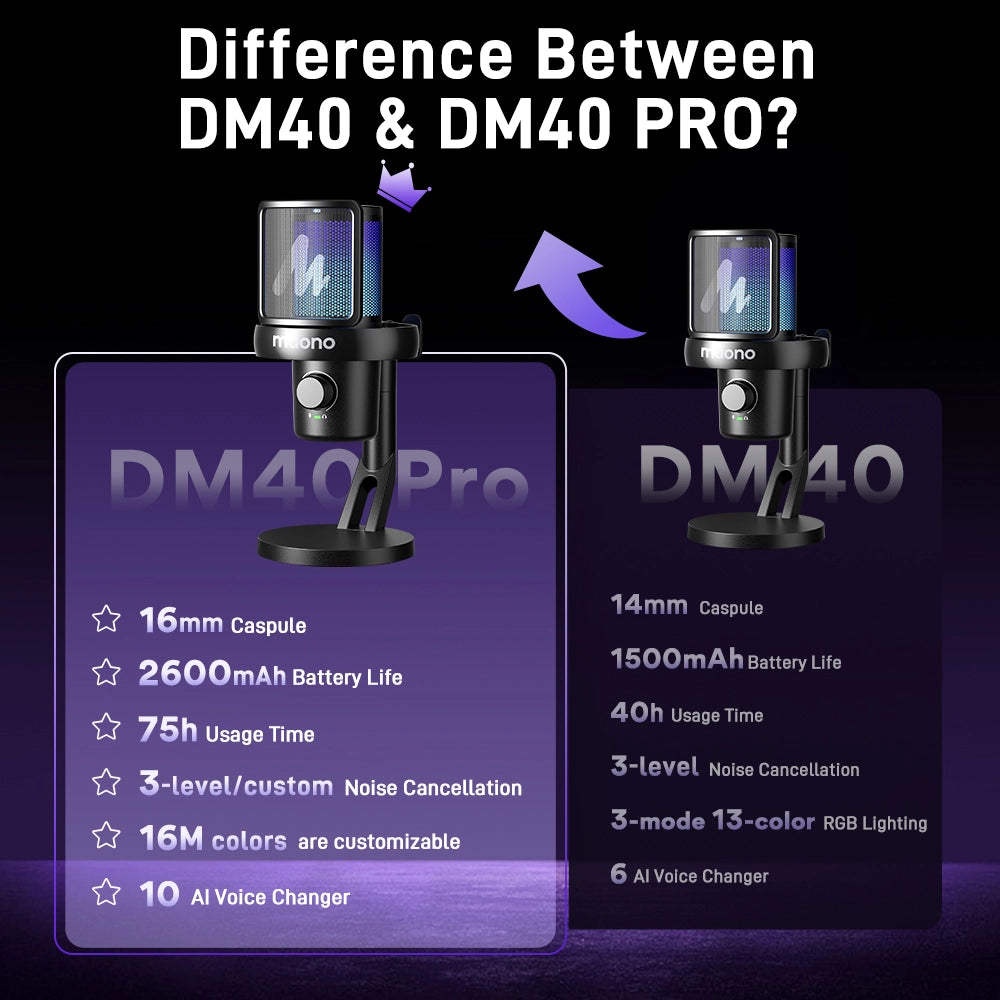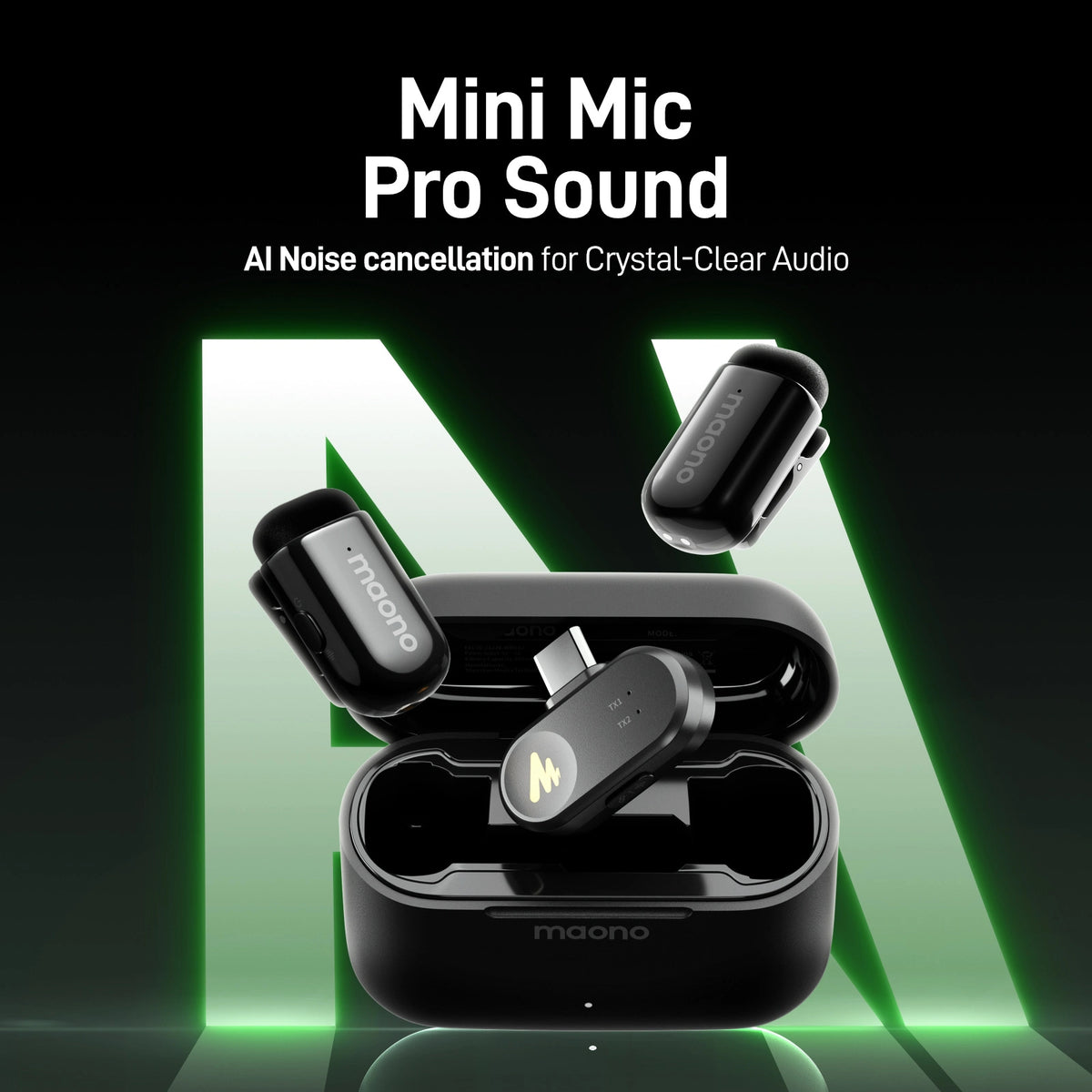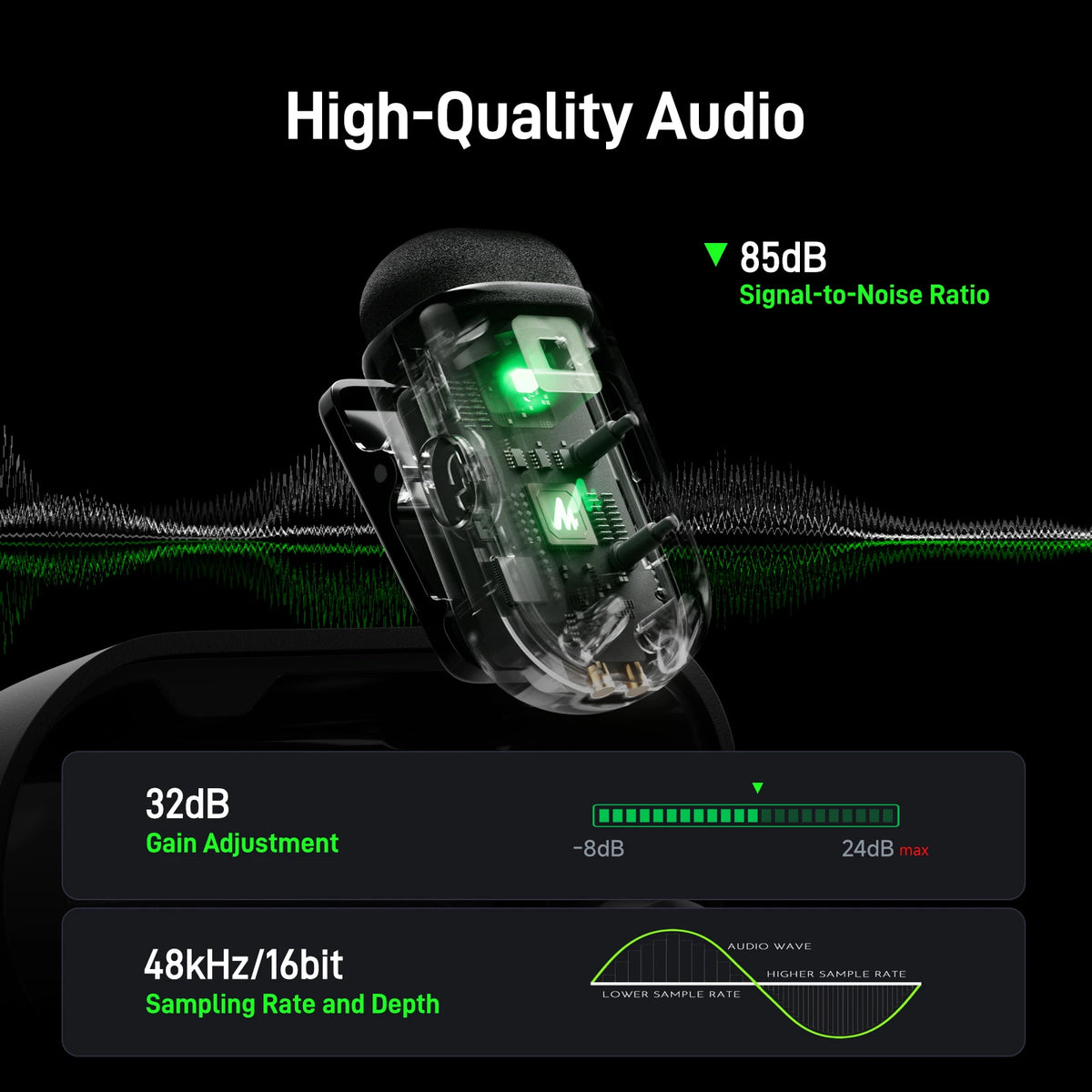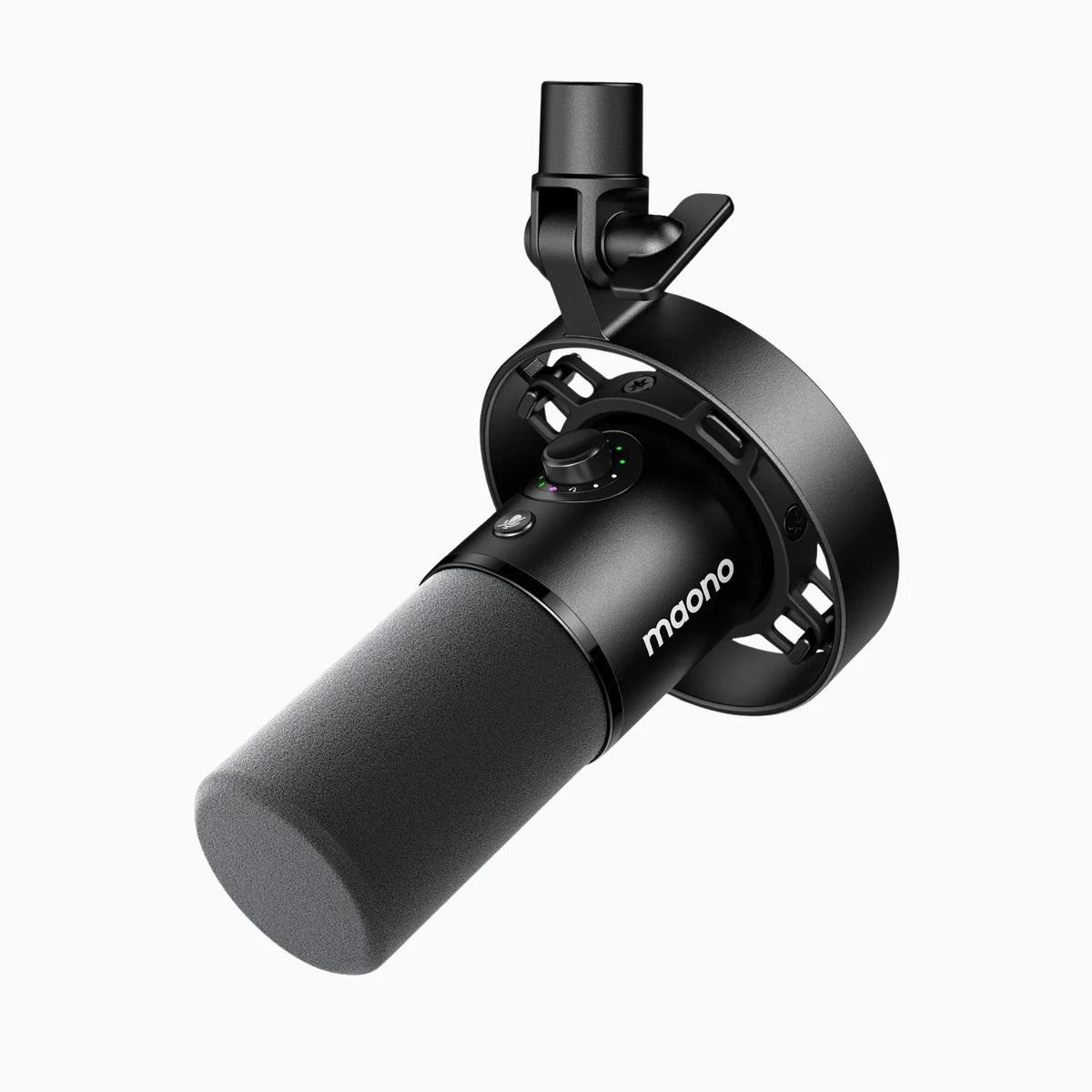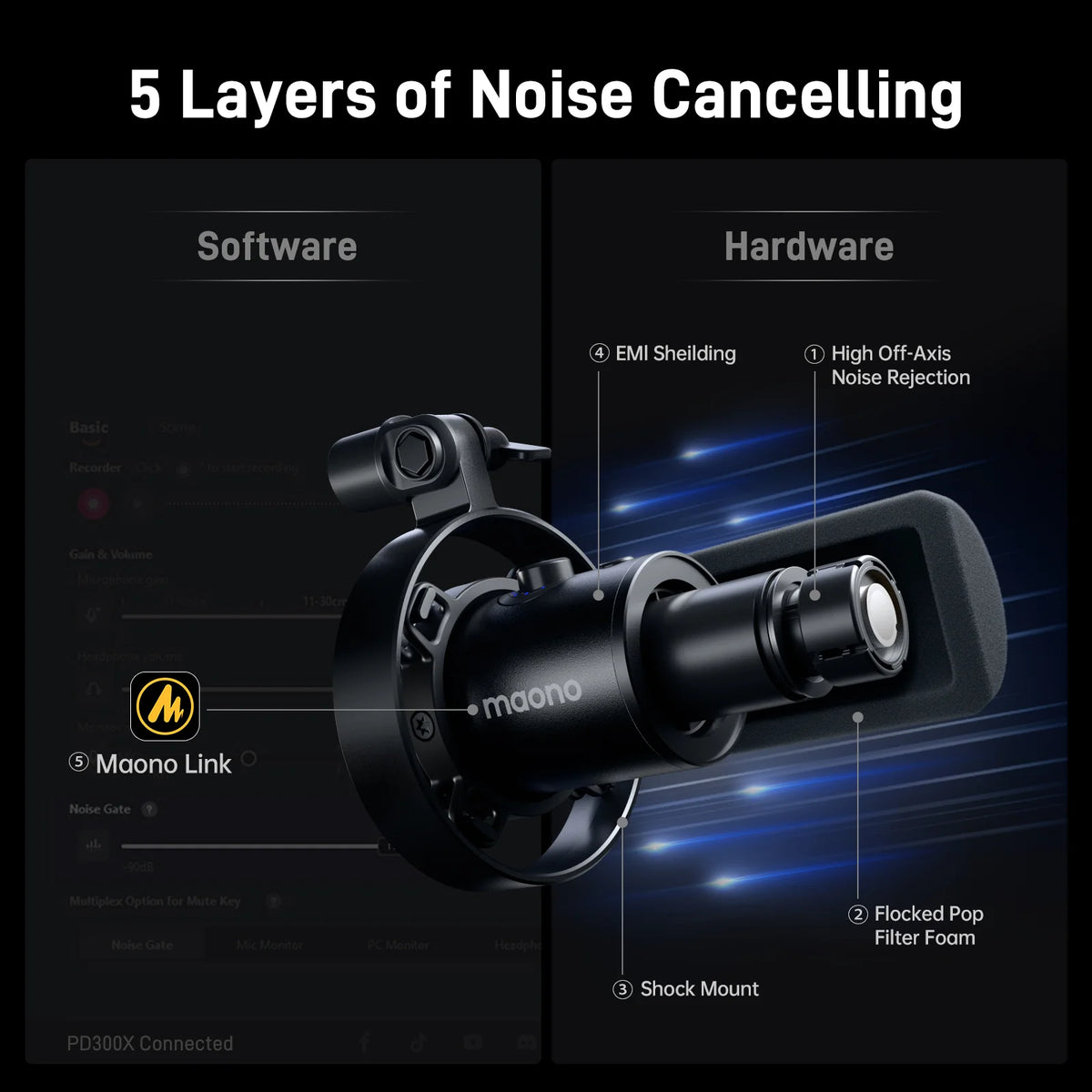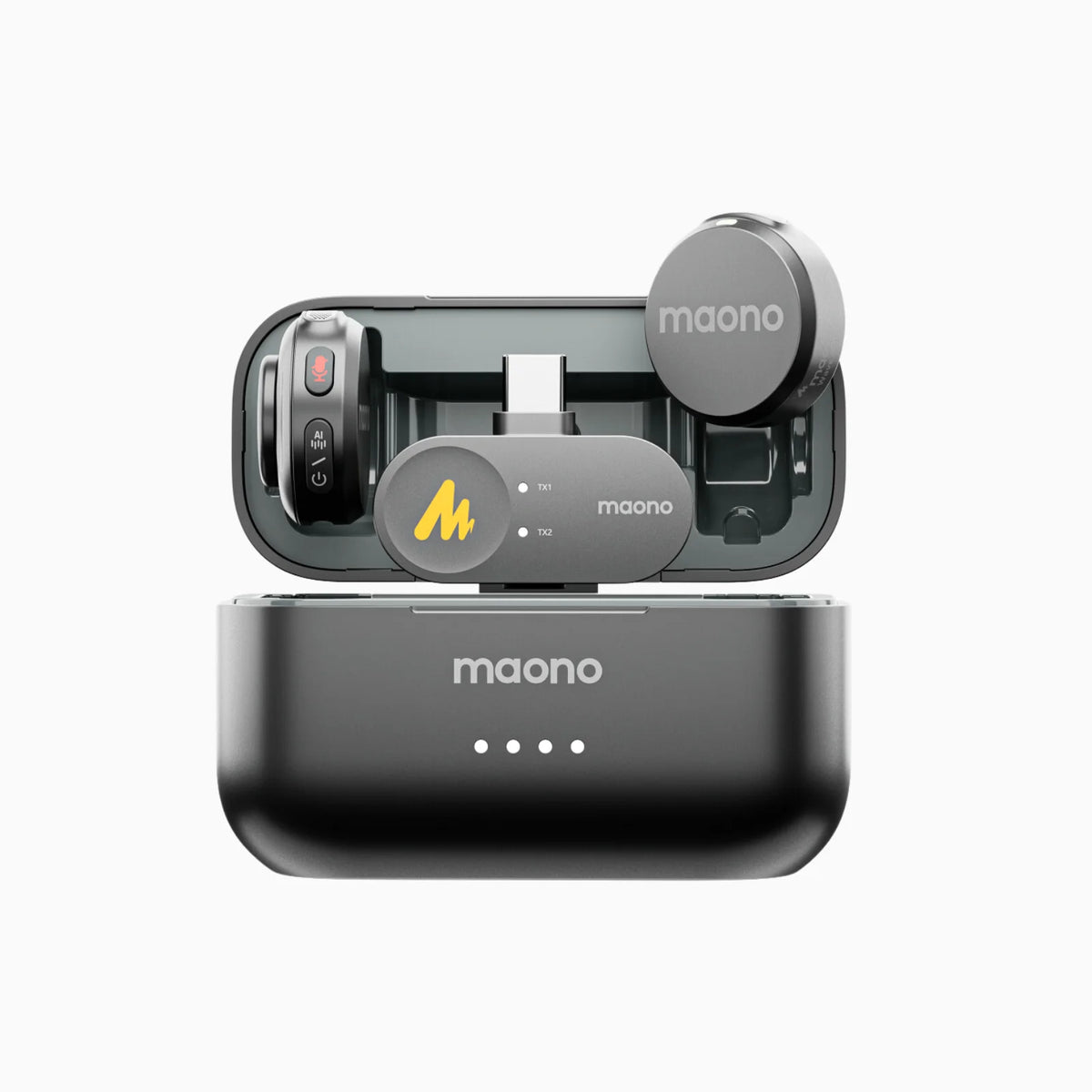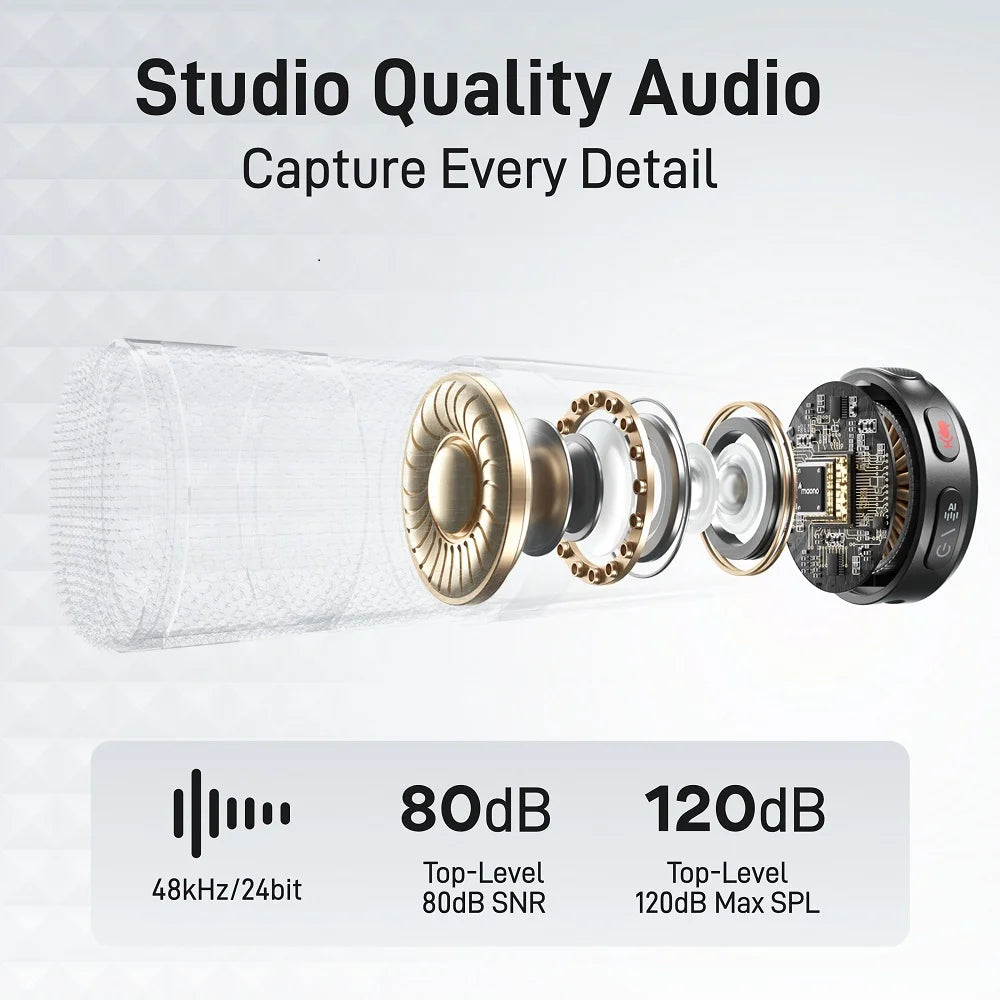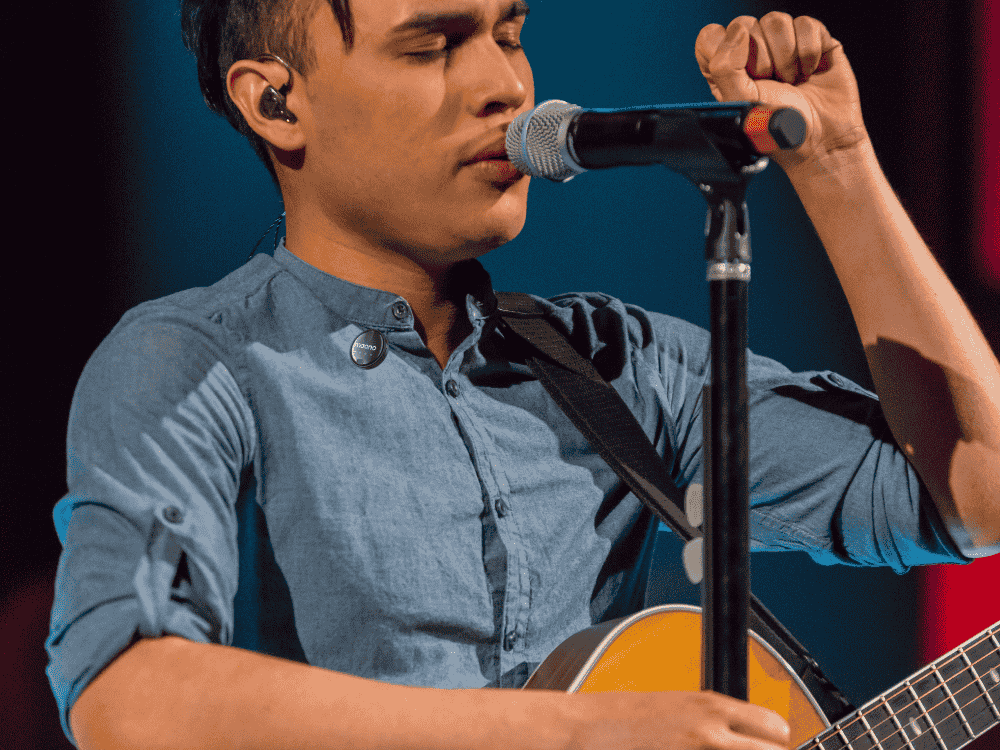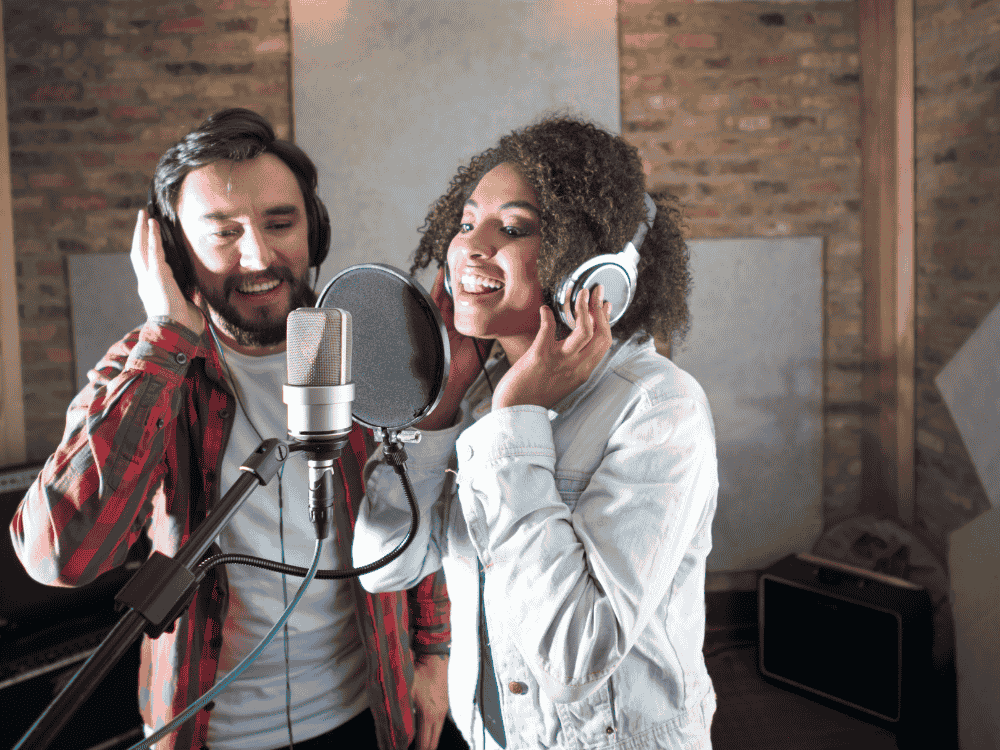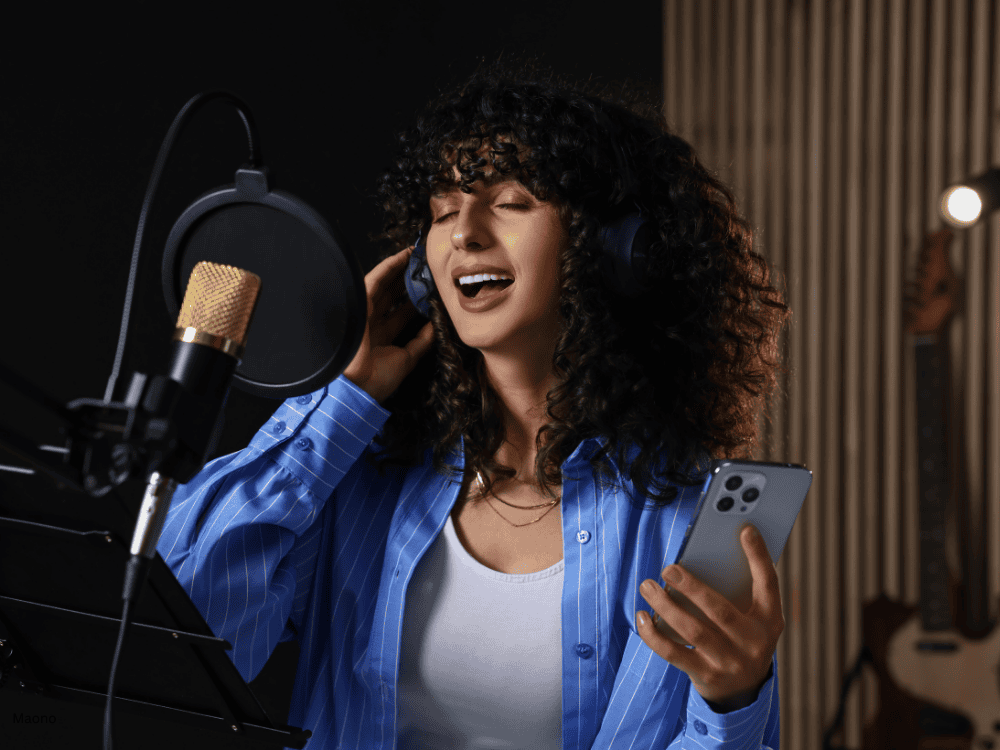In today's digital age, having the right equipment is crucial for vocalists looking to produce high-quality recordings. Among the most essential tools is the microphone, and with the advent of USB technology, capturing professional-grade audio has never been more accessible. USB microphones offer convenience, portability, and impressive sound quality, making them a popular choice for singers, podcasters, streamers, and home recording enthusiasts.
Whether you are a beginner or a seasoned professional, choosing the right singing microphone USB can significantly enhance your recording experience and output. In this article, we will explore the importance of good mic technique, provide valuable singing tips and tricks, and answer frequently asked questions about using a microphone for singing. Additionally, we will highlight the best USB microphones for vocals to help you make an informed choice for your recording needs.
Why Good Mic Technique Makes a Difference
The way you handle and use your microphone can significantly impact the quality of your vocal recordings. Good mic technique ensures that your voice is captured clearly and accurately, without unwanted noise or distortion. Here are a few reasons why good mic technique is essential:
- Clarity and Detail: Proper mic technique allows your voice to be captured with maximum clarity and detail, ensuring that every nuance and subtlety is heard.
- Consistent Volume Levels: Maintaining a consistent distance from the microphone helps achieve even volume levels throughout your recording, preventing sudden spikes or dips in volume.
- Reduced Background Noise: Good mic technique helps minimize the capture of background noise, making your recordings sound more professional and polished.
- Avoiding Distortion: Proper positioning and handling of the microphone can prevent distortion caused by excessive proximity or loud vocal bursts.
10 Microphone Singing Tips & Tricks
- Stay Close, But Not Too Close: Position yourself about 6-12 inches away from the microphone to achieve a balanced sound. Being too close can cause distortion, while being too far can make your voice sound distant.
- Use a Pop Filter: A pop filter helps reduce plosive sounds (such as "p" and "b" sounds) that can cause unwanted pops in your recording.
- Control Your Breathing: Practice controlled breathing techniques to avoid capturing excessive breath sounds in your recordings.
- Warm-Up Before Recording: Just like any instrument, your voice needs to be warmed up before recording. Spend a few minutes doing vocal exercises to ensure your voice is ready.
- Mind Your Posture: Good posture helps maintain consistent airflow and vocal projection. Stand or sit up straight while recording.
- Use Headphones: Wearing headphones while recording allows you to hear yourself more clearly and make real-time adjustments to your performance.
- Experiment with Mic Angles: Slightly angling the microphone can help capture different tonal qualities of your voice. Experiment with different angles to find what works best for your voice.
- Avoid Handling Noise: Use a shock mount to reduce handling noise and vibrations that can be picked up by the microphone.
- Stay Hydrated: Keep your vocal cords hydrated by drinking plenty of water before and during recording sessions.
- Practice Consistency: Consistency in your singing technique and microphone handling will lead to better recordings over time.
Frequently Asked Questions About How to Sing with a Microphone
1. Why does a good mic technique make a difference?
Good mic technique is crucial because it ensures your voice is captured accurately and clearly. Proper technique minimizes unwanted noise, maintains consistent volume levels, and prevents distortion. This results in a professional-sounding recording that highlights the best qualities of your voice.
2. What is the best mic for singing?
The best microphone for singing depends on your specific needs and budget. However, some popular and highly recommended USB microphones for vocals include the Audio-Technica AT2020, Blue Yeti, Rode NT-USB, and Shure MV7. But if you’re looking into budget-friendly options that also boast superb quality, Maono microphones like the PM422 and A04 are the best singing microphone alternative that offers USB connectivity too.
The Maono PM422 is a flexible condenser singing microphone USB designed for professional studio recording and live streaming. Its cardioid polar pattern accurately picks up sound from the front while minimizing background noise, resulting in clear audio. The adjustable scissor arm stands and shock mount keeps the microphone steady and reduces vibrations, improving recording quality. With its plug-and-play USB connection, it's easy to use with PCs and laptops without needing extra drivers. The microphone also has a 3.5mm headphone jack for real-time monitoring, allowing precise sound adjustments. The PM422 offers excellent sound quality, simplicity, and versatility for content creators and musicians.

The MAONO A04 USB Microphone Kit comes with a top-notch condenser microphone that captures clear, focused audio and minimizes background noise. It's easy to set up with plug-and-play USB connectivity—no extra drivers needed. The kit includes everything you need: a flexible scissor arm stand, shock mount, pop filter, and foam windscreen. It's a complete and affordable package perfect for singing, podcasting, streaming, and voice-over work.

These Maono condenser microphones offer excellent sound quality, ease of use, and versatility for various recording environments.
3. What is eating or kissing the mic?
"Eating" or "kissing" the mic refers to being too close to the microphone, often resulting in distortion and excessive bass frequencies. While some vocalists use this technique for a specific sound effect, it's generally advised to maintain a proper distance from the microphone to achieve a balanced and clear recording.
4. Does a microphone change your voice?
A microphone doesn't change your voice, but it can affect how your voice is captured and perceived. Different microphones have unique characteristics, such as frequency response and sensitivity, that can enhance or emphasize certain aspects of your voice. Choosing the right microphone for your voice type and recording environment is essential for achieving the desired sound.
5. Can I learn to sing without ever needing a mic?
Yes, you can learn to sing without using a microphone. However, practicing with a microphone can help you develop better mic technique, gain confidence in performing with amplification, and prepare for live performances or studio recordings. Additionally, recording yourself with a microphone allows you to analyze and improve your singing skills.
Conclusion
Mastering the art of singing with a USB microphone involves understanding and implementing good mic techniques, practicing effective singing tips, and selecting the right microphone for your needs. By following the advice and tips outlined in this article, you can elevate the quality of your vocal recordings and make the most of your USB microphone.
Investing in a high-quality USB microphone for singing, such as the Audio-Technica AT2020, the Blue Yeti or the Maono, can make a significant difference in your recordings. Remember to practice consistently, experiment with different techniques, and always strive for improvement. With the right tools and knowledge, you'll be well on your way to creating professional-sounding vocal recordings.


